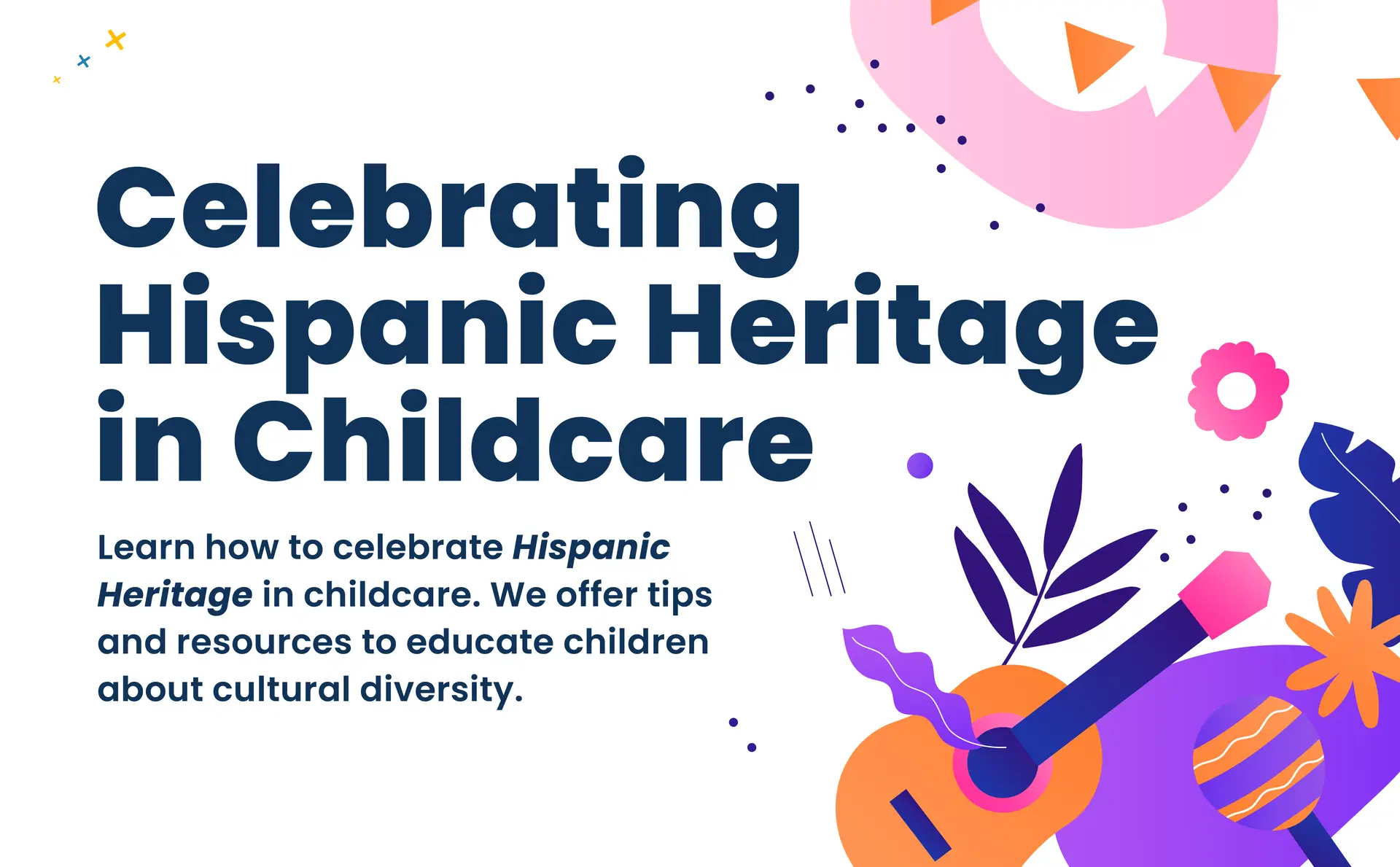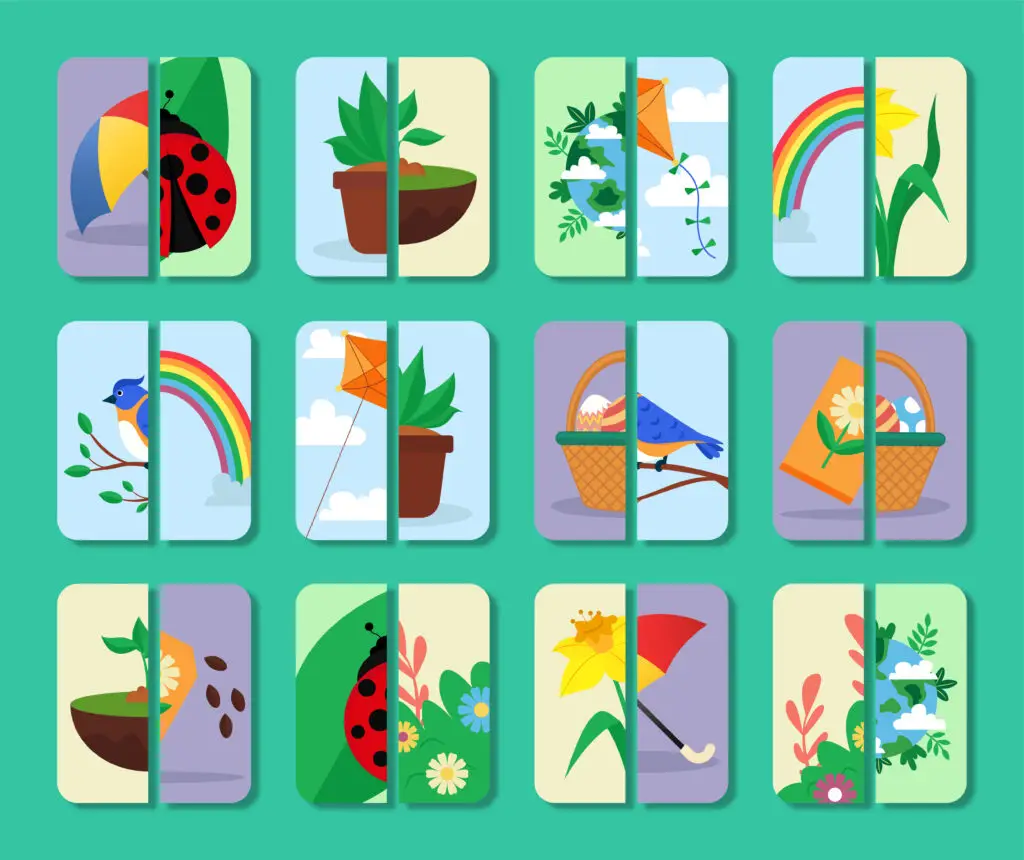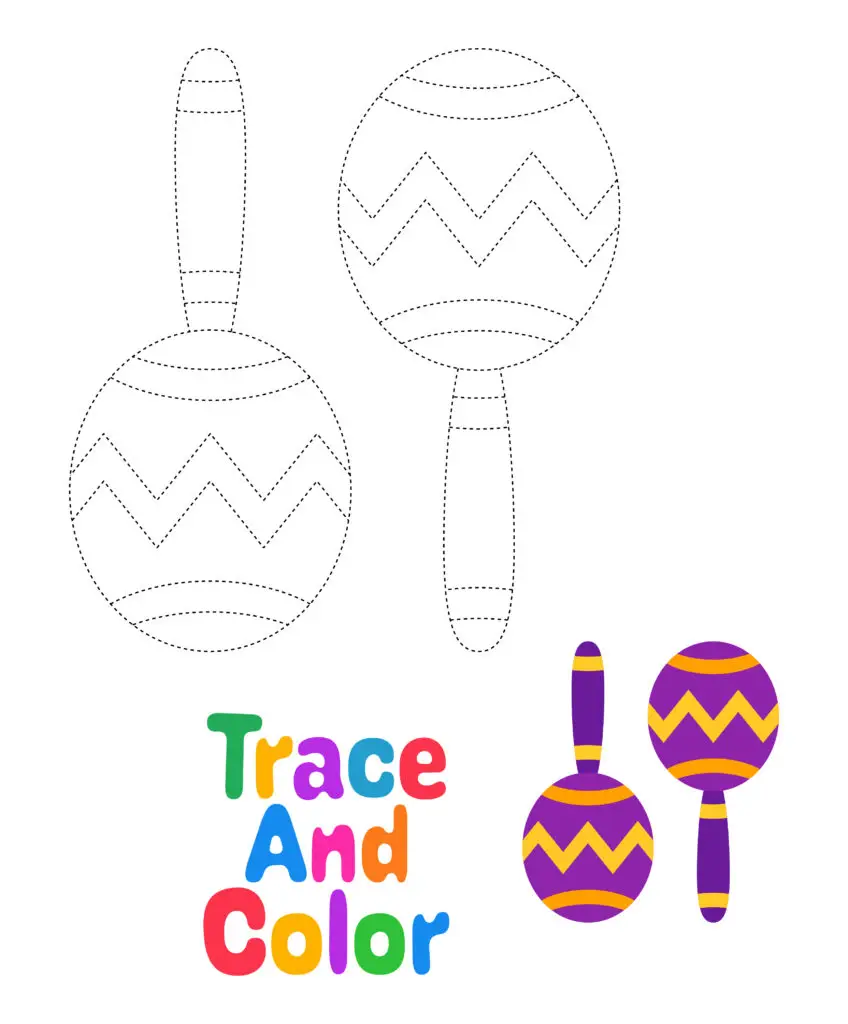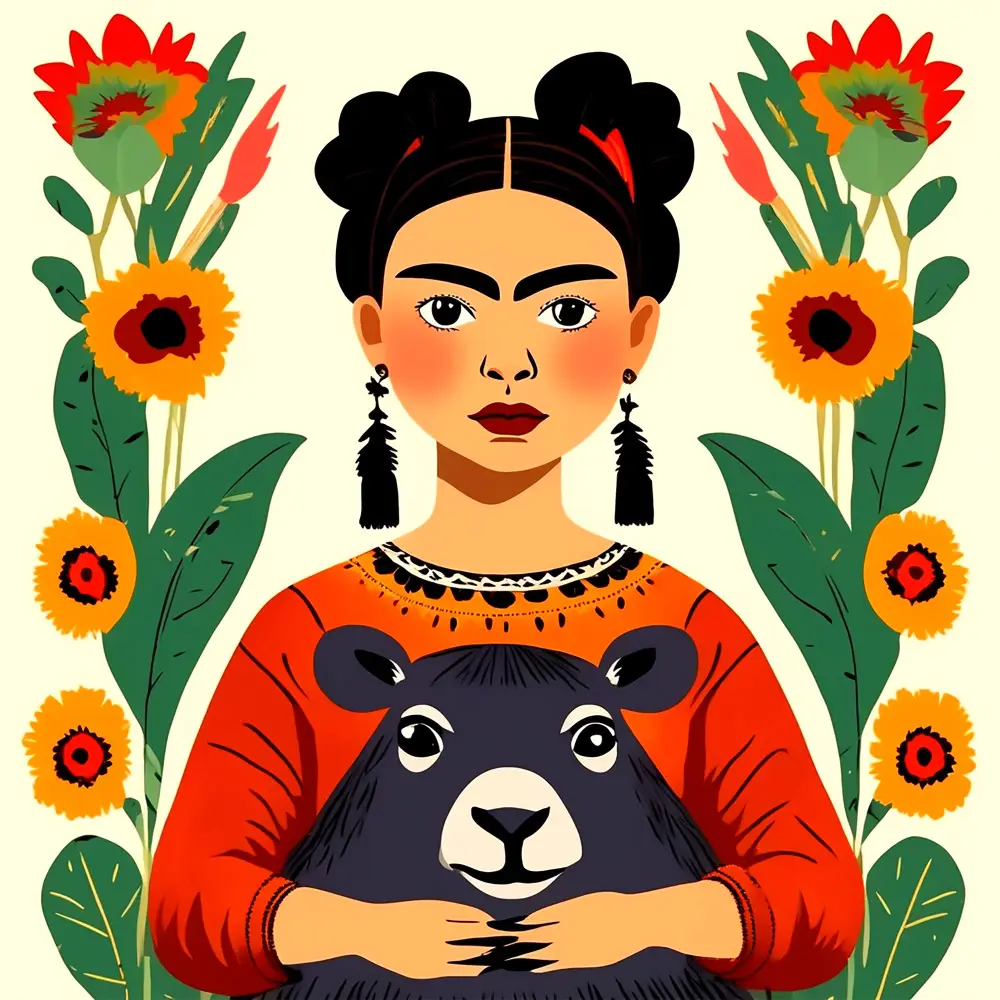
Hispanic Heritage Month serves as a period to honor and rejoice in the vibrant cultures, storied pasts, and significant contributions of the Hispanic and Latin American communities within the United States. This occasion allows childcare providers to educate children about cultural diversity, promote acceptance, and value the unique qualities that distinguish each person. At KidKare, we recognize the essential nature of cultivating an inclusive and learning-centered setting. Hence, we offer a variety of tips and resources for you to commemorate Hispanic Heritage Month in your childcare environment.
Each year, from September 15th to October 15th, the United States observes Hispanic Heritage Month. This month-long festivity acknowledges the cultures, histories, and contributions of Latin American residents whose forebears originated from Spain, Mexico, the Caribbean, and Central and South America. Starting as a week-long event in 1968, it evolved into a full month of celebration in 1988. The chosen dates for Hispanic Heritage Month hold special significance as they align with the independence anniversaries of numerous Latin American nations.
Representation matters, and introducing children to the histories, cultures, and contributions of Latin American citizens is an essential part of creating an inclusive and respectful classroom environment.
Here are a few ways you can introduce Hispanic Heritage Month to preschoolers and teach them about this important event:
One of the most effective ways to teach children about Hispanic heritage is through literature. Reading books highlighting important facts about Latin American history and culture can be a fun and engaging way to introduce these concepts to preschoolers. Here are some recommended books:
These books not only provide valuable information about Hispanic culture but also promote literacy and language development.
Take your preschoolers on a virtual tour of Latin American and Hispanic countries by using flashcards. Write the name of the country on one side of the card and paste a picture of the country and its flag outline on the other side. You can also download printable flashcards of countries where Spanish is the native language. Discuss and summarize facts about each country, such as its food, arts, and people. This activity not only teaches children about different cultures but also enhances their geographical knowledge.
Teaching Spanish to preschoolers during Hispanic Heritage Month is a great way to show appreciation for the culture and language. If you or another teacher in your school are bilingual or native Spanish speakers, incorporate Spanish lessons into your daily routine. If you’re not bilingual, there are many resources available to help children learn common words and phrases in Spanish. Consider using interactive games, songs, and visual aids to make the learning experience fun and engaging.
Music is a powerful tool for teaching children about different cultures. Play a variety of Latin music in your classroom and encourage children to dance and move to the rhythm. Incorporate kid-friendly Latin songs that introduce Spanish words and phrases. This activity not only exposes children to Hispanic culture but also promotes physical activity and creativity.
Lotería is a Mexican version of alphabet bingo that can be a fun and educational game for preschoolers. Create your own cards or use printable cards with letters, numbers, or colors and their corresponding Spanish vocabulary. Call out the names in English and Spanish, and have children place a bean or sticker on the correct card. This activity helps children learn Spanish words while enjoying a game.

Let children unleash their creativity and love for music by making their own maracas. Use plastic Easter eggs, plastic spoons, dry rice or beans, and painter’s tape to create homemade maracas. This activity not only promotes fine motor skills but also introduces children to traditional Latin American musical instruments.
Here another activity with maracas.

Teach children about the influential Mexican painter Frida Kahlo by reading picture books that highlight her life and art. “Frida Kahlo and Her Animalitos” is a great book that centers on the pets that inspired her art and life. This activity can be incorporated not only during Hispanic Heritage Month but also during Women’s History Month.

Cool down on a hot summer day by making paletas, traditional Mexican frozen treats, with your preschoolers. Explore various recipes that use fresh fruits and a creamy or watery base. “Paletas: Authentic Recipes for Mexican Ice Pops, Shaved Ice & Aguas Frescas” by Fany Gerson is a fantastic resource for paleta recipes. This activity introduces children to Mexican culinary traditions.

Hispanic Heritage Month is a valuable opportunity for childcare providers to educate children about the rich cultures, histories, and contributions of Hispanic and Latin American communities. By incorporating the tips and activities mentioned above, you can create an inclusive and educational environment that celebrates diversity and fosters cultural understanding.